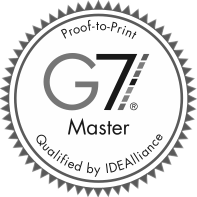Ever wondered when your mail will hit mailboxes? Or if it delivered at all? Mail tracking services—available for direct mail campaigns that include the USPS Intelligent Mail Barcode—can put those fears to rest.
With mail tracking services, like those included in Shawmut MailPlus, you’ll know exactly when each mail piece is delivered. That insight can help you prepare internal teams or call centers for a spike in traffic and inbound leads. It also offers marketers peace of mind and proof that money spent on printing and postage was not wasted. Finally, you’ll no longer be planning around estimated delivery times (7–14 days for Marketing Mail® or 3-4 days for First-Class®), you’ll be able to see where your mail is—eliminating any of the guesswork associated with direct mail delivery.
How Does Mail Tracking Work?
In order for marketers to track their mail, we leverage data that is embedded in the USPS Intelligent Mail Barcode (IMb). When the letter, postcard or flat is scanned by the Post Office’s sorting machines they record all the information in the IMb, including the address and a unique serial number.
That scan data is then sent back to our mail tracking system every 24 hours. From there we analyze that data to determine the location of the last scan and whether the mail piece has reached its final destination. If it hasn’t the software predicts the upcoming delivery date.
To see mail tracking results, clients can log into their own Shawmut MailPlus dashboard which will show the number of pieces delivered each day and the overall percentage delivered. Marketers will also be able to search by zip code or the individual addressee to see if a piece has delivered.![]()
What is the Intelligent Mail Barcode?
The Intelligent Mail Barcode is a 65‐bar Postal Service™ barcode used to sort and track letters and flats. It allows customers to use a single barcode that incorporates data from multiple USPS programs without taking up too much physical space on the actual mailpiece. At the same time, the IMb includes more information which provides greater mail stream visibility.
An IMb contains the barcode ID, service type and mailing class, the mailer ID, serial number and routing code.

What type of mail is eligible for the IMb?
IMbs can be used with First-Class Mail® letters and flats, Marketing Mail® letters and flats, Periodical letters and flats, Bound Printed Matter flats, and Reply Mail. Letters and flats typically account for the majority of direct mail campaigns including postcards, #10 letter mailings, self-mailers, and more. However, if you’re planning to take advantage of the IMb—which is a good way to save money on postage (more on that below)—it’s important to ensure that your mailpiece is designed to fit the USPS criteria for letters and flats.
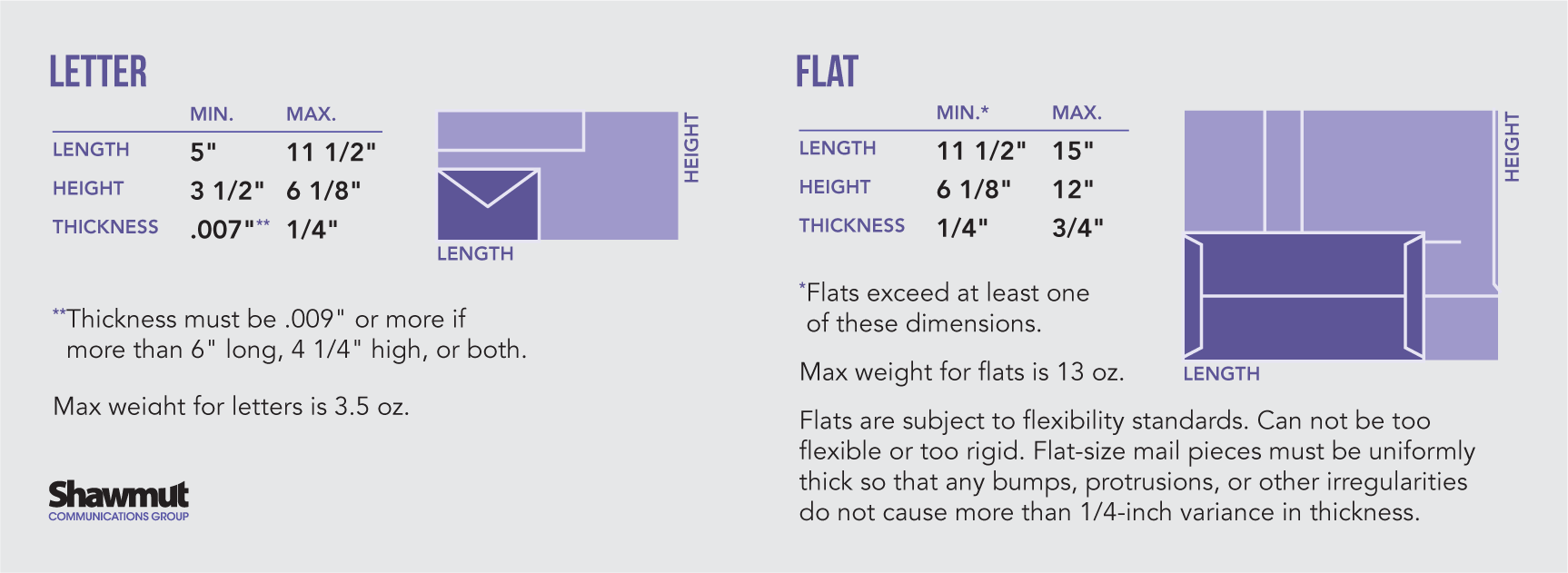
What Else Do Marketers Need in order to use IMbs and Mail Tracking?
In addition to using the proper mail class and format, there are two service type options that will be identified within the IMb: non-automation or full-service automation.
As a refresher, we’ve provided an overview of each service below.
Non-automation (also referred to as basic)
Non-automation refers to mailpieces that cannot be automatically run through postal equipment—typically because it does not meet the mail classification requirements (size, thickness, weight, etc.) If your mailpiece can’t be automated you may still qualify for presort services, but you won’t receive the higher postal discounts found in automation prices.
Full-Service Automation
Full-service Automation allows mail service providers to leverage additional programs and take advantage of deeper discounts for customers. For example, with full-service automation mailers can eliminate permit fees and take advantage of address correction services.
When creating the IMb, your mail service provider or printer will need to know:
- The mail class
- The address correction service (if any) that is desired
- The service option – Full-Service or Basic/Non-automation
- Whether IMb Tracing is desired
- The fees, if any, that will be associated with the use of each STID and/or ancillary service request
No matter which service type you take advantage of, you'll want to ensure that you've tested barcodes for compatibility and accuracy or work with certified vendors who can generate the IMb’s using USPS approved software.
Will an IMb affect the design of the mailpiece?
An IMb is a better option for direct mail design because it takes up less real estate than the previous (and sometimes multiple) barcodes used by USPS.
On letters, the IMb can be placed in the address block or in the barcode clear zone found on the lower right corner of the envelope. On flats, the Intelligent Mail barcode can be placed anywhere on the address side as long as it is at least 1/8 inch from any edge of the piece.
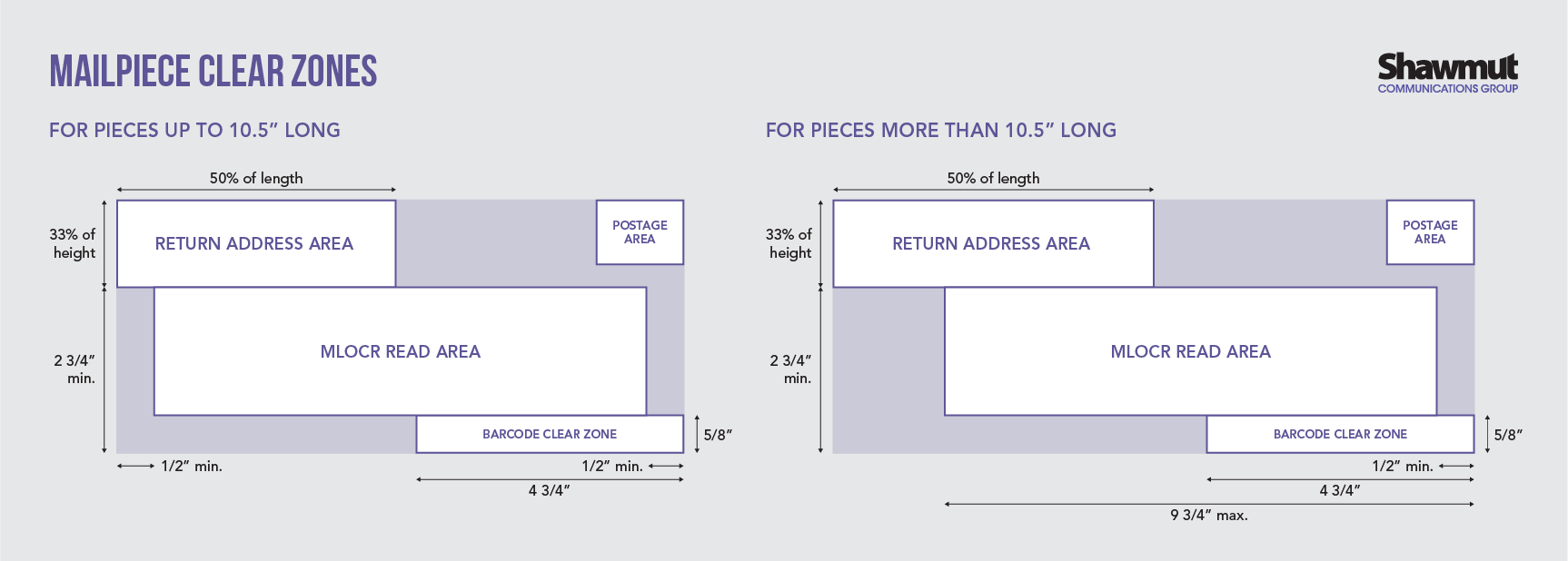
Does the IMb cost more?
No! In fact, Intelligent Mail Barcodes are required to qualify for most postage discounts. In order to create IMbs—a process that should be completed by a qualified mail service provider—mail must be organized, sorted, and undergo several address verification procedures. These steps eliminate many of the internal processes used by the USPS which saves countless hours of labor. That’s why the USPS offers substantial postage discounts to customers that take advantage of IMbs.
Does Mail Tracking Cost More?
That depends on the service provider you choose and the level of detail you’re looking to obtain from their software. However, most providers will charge a setup fee in order to process your mailing, as well as receive and analyze the USPS IMb scan data.
At Shawmut, our mail tracking service can be accessed via Shawmut MailPlus—a software program designed to help you track and enhance direct mail. Each client receives their own self-service dashboard where they can login to review mail tracking data for all of their direct mail campaigns. In addition, Shawmut MailPlus can include call tracking, online and social ad retargeting, Informed Delivery campaigns, and IP targeting to turn anonymous web visitors into new leads for your next mailing list.





